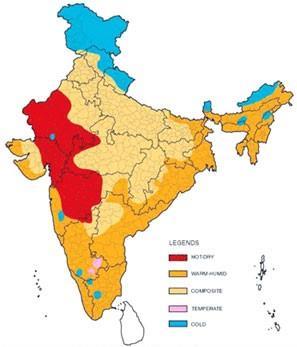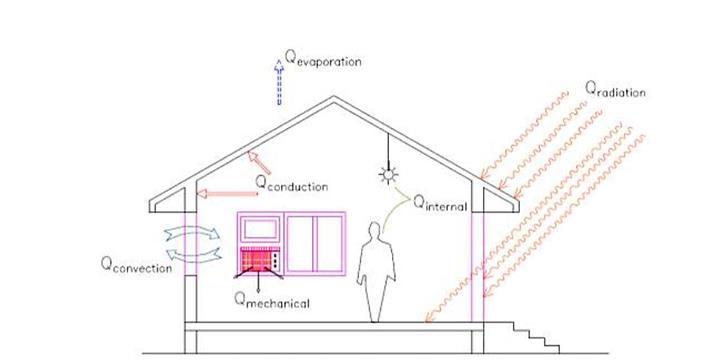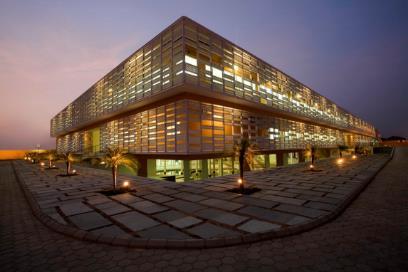
1 minute read
ARRANGEMENT
• Earth coupling
• Reflection of radiation.
Advertisement
• Varied responses are required for hot and dry climate zone depending on local conditions and the microclimate of a given site.
• Maximize the indoor−outdoor relationship and provide outdoor living spaces that are screened, shaded and rain protected.
• Maximize convective ventilation with high level windows and ceiling or roof space vents.
• Zone living and sleeping areas appropriately for climate — vertically and horizontally.
• Locate bedrooms for sleeping comfort.
• Design ceilings and position furniture for optimum efficiency of fans, cool breezes and convective ventilation.
• Locate mechanically cooled rooms in thermally protected areas (i.e., highly insulated, shaded and well-sealed).
ARRANGEMENT
Where the climate provides cooling breezes, maximizing their flow through a home when cooling is required is an essential component of passive design. Unlike cool night air, these breezes tend to occur in the late afternoon or early evening when cooling requirements usually peak.
Cool breezes work best in narrow or open plan layouts
Cool breezes work best in narrow or open plan layouts and air-pressure differentials caused by wind or breezes. They are less effective in:
• Buildings with deep floor plans or individual small rooms
• Locations with high noise, security risk or poor external air quality, where windows may need to be closed.
• Thermal currents are common in flatter, inland areas, created by daily heating and cooling. They are often of short duration in early morning and evening but with good design can yield worthwhile cooling benefits.
Convective air movement

Convection causes warm air to rise, drawing in cool air. Convective air movement improves cross-ventilation and overcomes many of the limitations of unreliable cooling breezes. Even when there is no breeze, convection allows heat to leave a building via clerestory windows, roof ventilators and vented ridges, eaves, gables and ceilings.
Convection produces air movement capable of cooling a building but usually has insufficient air speed to cool people.









